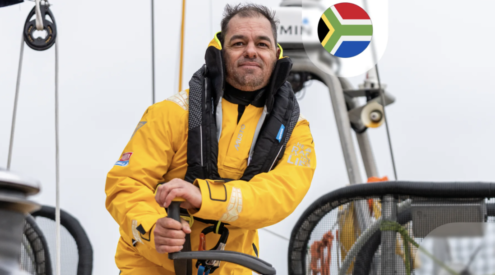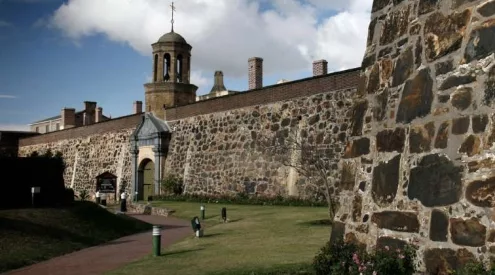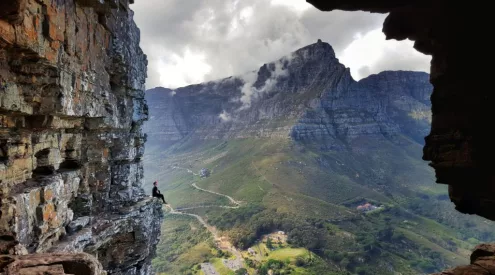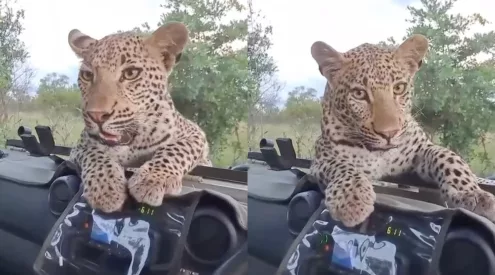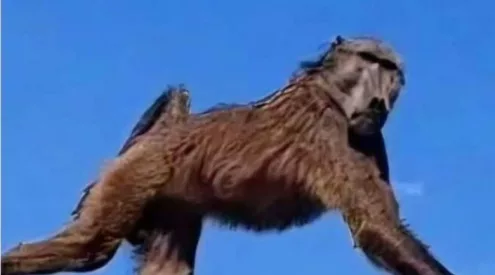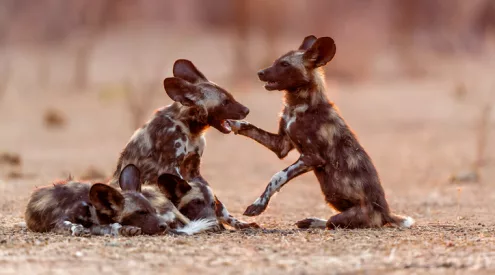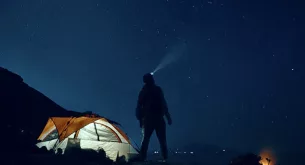Peace Parks Foundation and EarthRanger have formed an impactful partnership to revolutionise wildlife monitoring and protection. In Mozambique, three parks across the Great Limpopo transboundary landscape, as well as Maputo National Park in the Lubombo transboundary landscape, are integrating EarthRanger to help with real-time tracking of wildlife and resources and enhance the way conservationists respond to escalating threats such as poaching, human-wildlife conflict, and habitat loss.
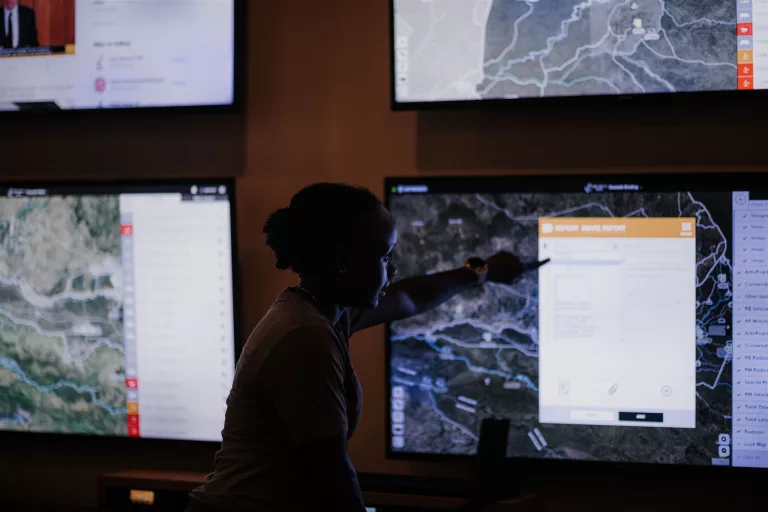
Over the past decade, Peace Parks and Mozambique’s National Administration for Conservation Areas (ANAC) have been striving to rehabilitate, rewild, and protect these landscapes. In November 2022, the Global Environment Facility (GEF) Council approved a US$7.2 million project to deploy EarthRanger and support the management of five million hectares of protected areas across six African national parks, including Limpopo, Zinave and Maputo.
Alongside co-financing from EarthRanger’s parent organisation, Allen Institute for AI (AI2), the project is also improving training, equipment, connectivity, and control room upgrades to better support conservation technologies such as EarthRanger, and protect wildlife and communities in and around these parks. Additionally, through this project, Conservation International has directed nearly US$1 million towards technology and infrastructure upgrades in Limpopo and Zinave National Parks, integrating EarthRanger into their management and operations.
‘In the face of mounting threats to wildlife and their habitats, conservationists require the real-time information vital to keeping wildlife, habitats, and communities safe,’ said Bruce Jones, Director of Partnerships at EarthRanger. “From day-to-day management of each individual park to what will be a centralised park-wide analysis, Peace Parks Foundation is integrating EarthRanger to see the big picture, react immediately, and make better-informed conservation decisions.’
Enabling Collaborative Conservation Beyond Borders
Affordably managing vast protected areas, where wildlife and people intermingle in delicate habitats, is a challenge across the conservation community. Advanced monitoring solutions are needed in order to better protect wildlife, the ecosystems they inhabit, and the communities. From specific sites such as national parks and game reserves to vast transboundary landscapes, conservationists require the ability to understand wildlife behaviours at scale to make informed strategic and operational decisions. EarthRanger is meeting these needs across greater regions and localised areas.
‘At Peace Parks, we’re integrating conservation technologies such as sensors, satellite technology, and LoRaWAN into EarthRanger for each protected area,’ said Colette Terblanche, Project Manager for the Combatting Wildlife Crime programme at Peace Parks Foundation. “EarthRanger delivers visibility into what is happening in a protected area in real-time, and the new EarthRanger mobile app makes it easy to log information in the field. This all helps operations and field teams make more informed decisions and improves reaction time.”
Protecting Diverse Wildlife and Habitats with Data
Zinave National Park in Mozambique is evolving into a model for wildlife conservation technology, having successfully reintroduced black and white rhinos in a recent series of landmark cross-border translocations, beginning in 2022. Last month saw the next group of ten rhinos moved from South Africa to Zinave’s high-security sanctuary. To ensure their safety, Smart Parks RhinoEdge Puck sensors were installed on the rhinos to transmit location data through the park’s LoRaWAN network directly to EarthRanger, enhancing monitoring, prediction, and protection capabilities.
Visualising both historical and real-time representations of park activity, Peace Parks is utilising EarthRanger to help keep rangers in the field safe and monitor flights and vehicles required to improve decision-making. This data allows teams to build predictive models of rhino behaviour that shed light on the two species’ populations in their new habitat and inform effective, long-term conservation strategies. The GEF-funded project will also expand the LoRaWAN network and support advanced training that enables operations teams to better leverage technologies such as EarthRanger, amongst others.
In Limpopo National Park, GPS collars are used to track elephant locations and pathways, crucial for their protection and the safety of local communities. The data from these collars, visualised through EarthRanger, enables more strategic deployment of rangers including to proactively mitigate human-wildlife conflicts. Since EarthRanger also offers the ability to go back in time to view the past locations of tracked elephants, this data will help Peace Parks understand not only where the gentle giants are going but also inform researchers about what is driving the individual decisions of elephants. This is supporting conservationists in Limpopo National Park with the information they need to preserve traditional ecological linkages for migratory species. It also provides a broader ecosystem perspective, capturing the feeding, nesting, and migratory patterns of collared vultures and wild dog packs moving in and around protected areas.
‘I’m happy to be a part of the EarthRanger project’s commencement in Limpopo National Park,’ said Marta Mate, Limpopo National Park Systems Coordinator. “The technology will help reduce the level of poaching through improving real-time situational awareness. I’m excited to be involved and to see how EarthRanger can make big changes from our current situation and into the future.”
Inputs, Insights, Impact: Bridging the Data Gap in Wildlife Conservation
EarthRanger, an innovative technology platform established in 2015 and part of AI2, provides enhanced situational awareness by presenting a unified view of collared wildlife, rangers, enforcement assets, and infrastructure within a protected area. Mozambique, a flagship country for the partnership’s programme, is undergoing significant rewilding and restoration, with four parks where Peace Parks is the co-management partner implementing EarthRanger: Limpopo, Zinave, Banhine, and Maputo National Park.
‘Leveraging EarthRanger’s technology with this strong partnership gives a whole new level of purpose to the systems and processes, and team efforts, already employed in the protected areas where we work,’ said Werner Myburgh, Chief Executive Officer of Peace Parks Foundation.

